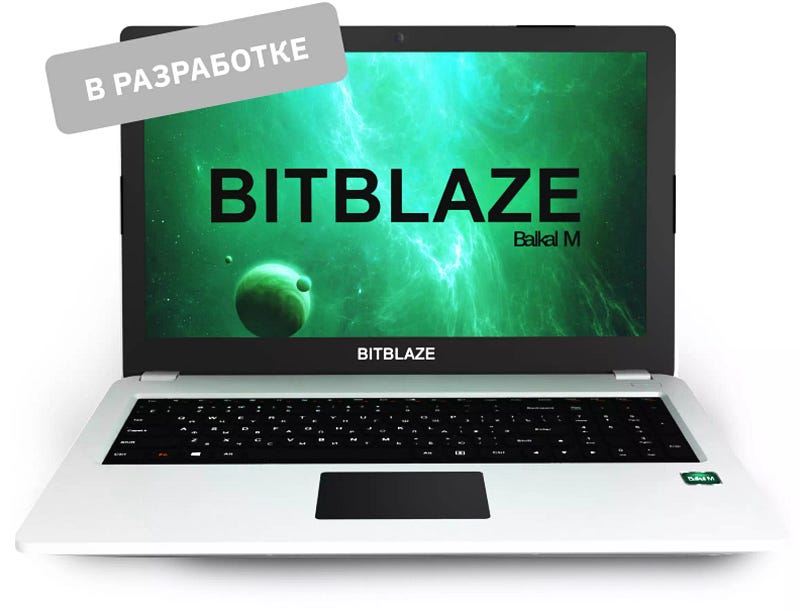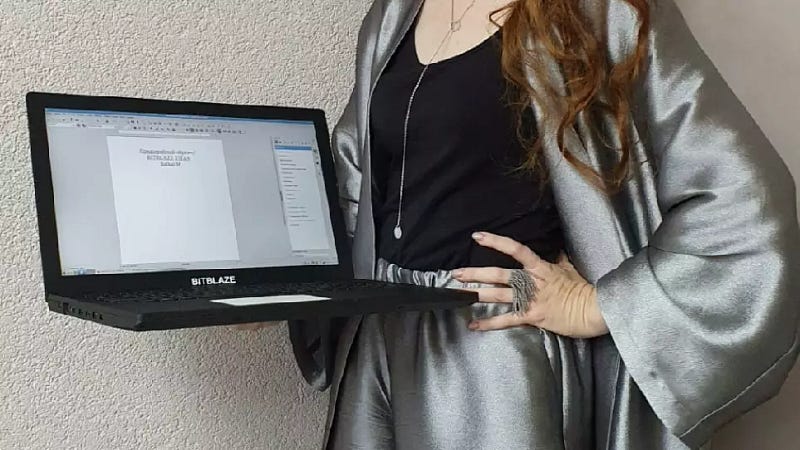The Impact of Sanctions on Russia's Technology Sector
Written on
Chapter 1: The State of Technology in Russia
Sanctions and embargoes have severely restricted Russia's access to Western technologies since the onset of the war against Ukraine. As a result, the country has been compelled to develop its own technological solutions. A notable example is the "Bitblaze Titan" notebook, which is currently in pre-series production by Prombit's subsidiary, Bitblaze. According to research from Heise Online, this device will incorporate both Russian and likely Chinese technologies.
The core of the notebook is powered by an ARM processor from Baikal Electronics. The BE-M1000 utilizes eight CPU cores, yet the ARM Cortex-A57 architecture dates back to 2012, resulting in modest clock speeds of 1.5 GHz. This makes the processor appear rather sluggish by modern standards, akin to devices from the early 2000s.

Section 1.1: Graphics Capabilities
The integrated Mali-T628 GPU, which debuted in 2013, serves as the notebook's graphics solution. Initially, it was considered a high-performance option for smartphones and tablets but is now nearly a decade old and lacks the capacity to handle modern graphics demands.
Moreover, research indicates that the Taiwanese foundry TSMC has been producing the BE-M1000 processors since 2021 using outdated 28-nanometer technology, while competitors like AMD are moving towards cutting-edge 5-nanometer processes for their upcoming Ryzen 7000 series.
Subsection 1.1.1: Battery Life and Usability
According to Jana Brysch, the commercial manager of Prombit, the Titan notebook offers a battery life of approximately five hours, which falls significantly short of the current average of 15 hours for modern devices. The notebook is expected to handle basic office applications and YouTube videos at a "satisfactory" level.
Section 1.2: Future Implications
With TSMC likely to cease chip production for Russian companies due to sanctions, the current models might be reliant on existing stock. In the long run, the Chinese contract manufacturer SMIC may take over production.
Chapter 2: Comparing Costs and Performance
The price of the Titan is set at around 1,600 euros, which positions it unfavorably against contemporary alternatives. For instance, the latest MacBook Air 2022 starts at $1199 (approximately the same in euros) and features advanced technology.
Heise's journalists have also pointed out that the Titan's design feels outdated, with a bulky appearance reminiscent of early 2000s laptops, complete with thick display bezels.

The Titan is equipped with 16 GB of DDR4 RAM and an M.2 SSD with a maximum capacity of 512 GB. Given the embargoes on Microsoft Windows, the device will run an unspecified Linux variant. Its 15.6-inch display supports Full HD resolution, and it includes various ports for connectivity, although the specific versions for WiFi and Bluetooth are not detailed.
To put this into perspective, the specifications of my 12-inch 2017 MacBook include a Retina display with a resolution of 2304-by-1440 and a dual-core Intel processor that significantly outperforms the Titan.
In conclusion, the Bitblaze Titan, priced at around 100,000 rubles (equivalent to about 1,600 euros), highlights the challenges posed by sanctions. While it may suffice for basic internet browsing, the implications for critical sectors like space exploration and medical research are concerning. The long-term consequences of relying on outdated technology could be devastating, with repercussions that may take years, if not decades, to rectify.
I wouldn't recommend aspiring astronauts to board a Russian space rocket anytime soon.